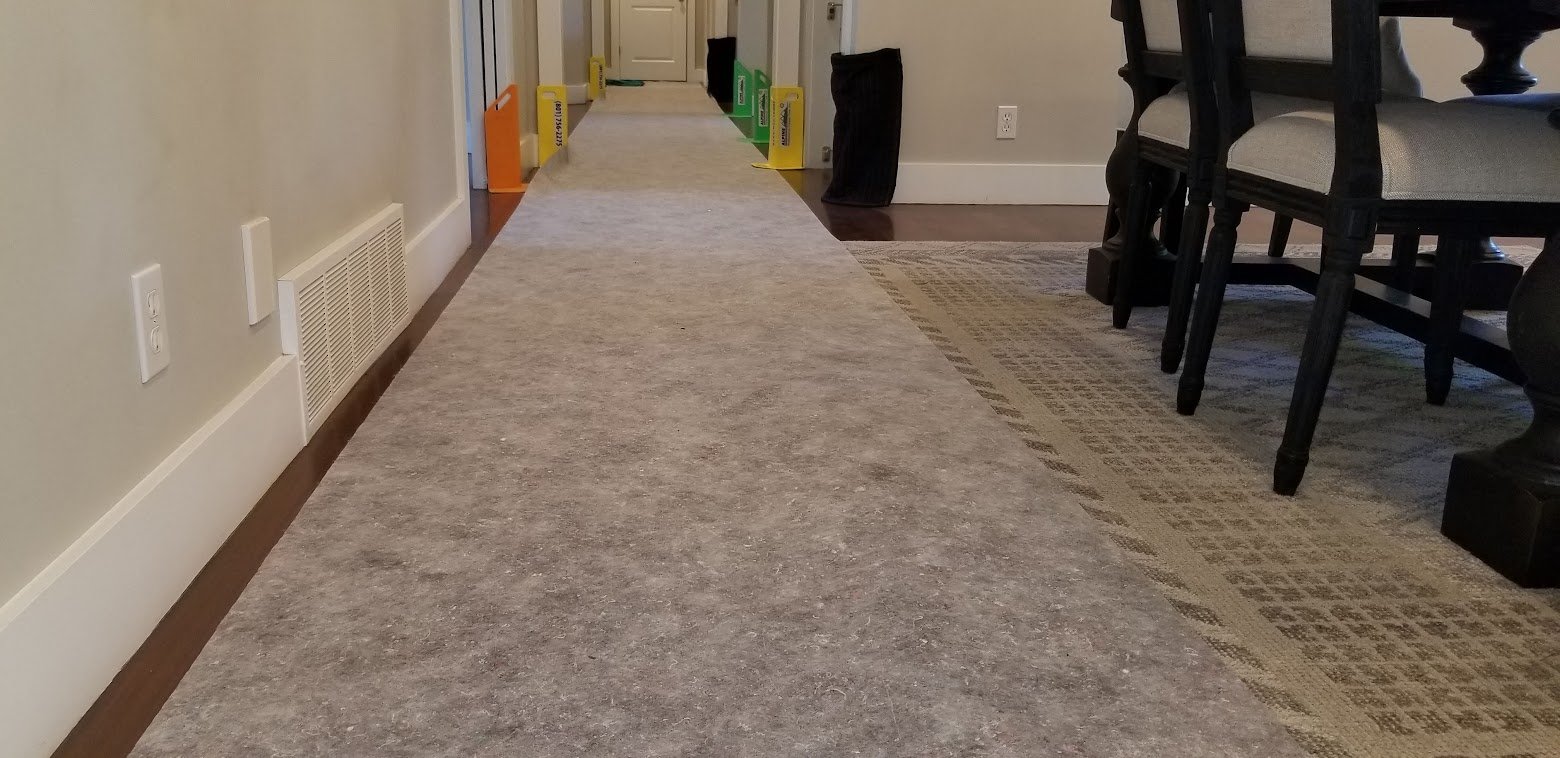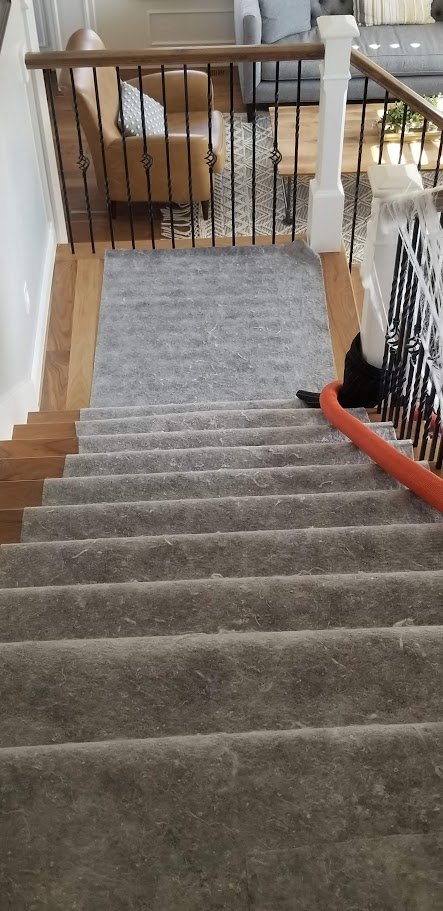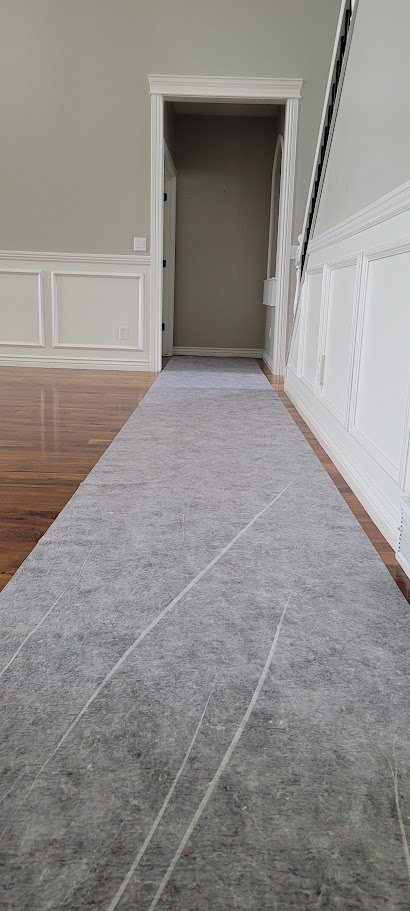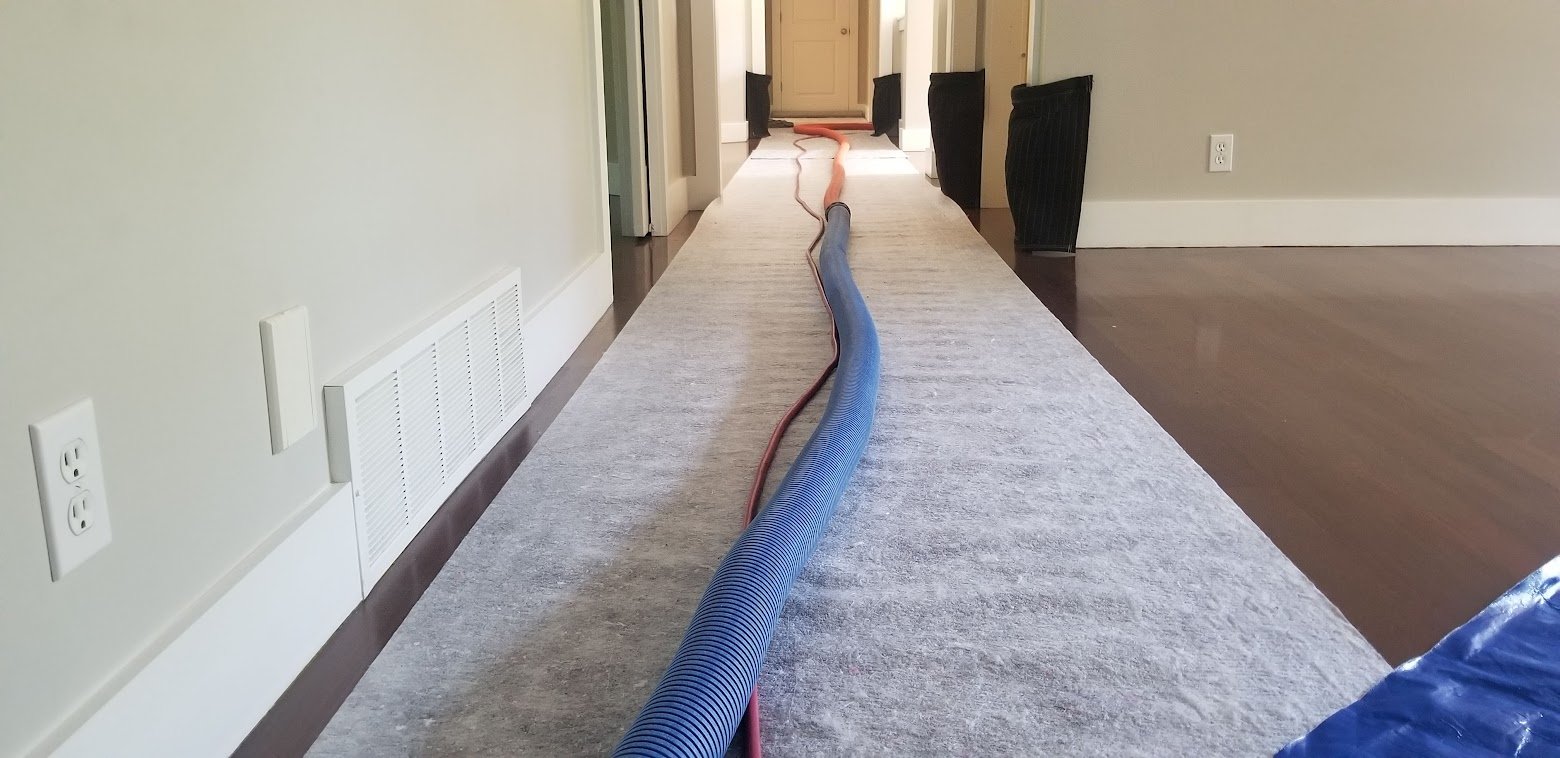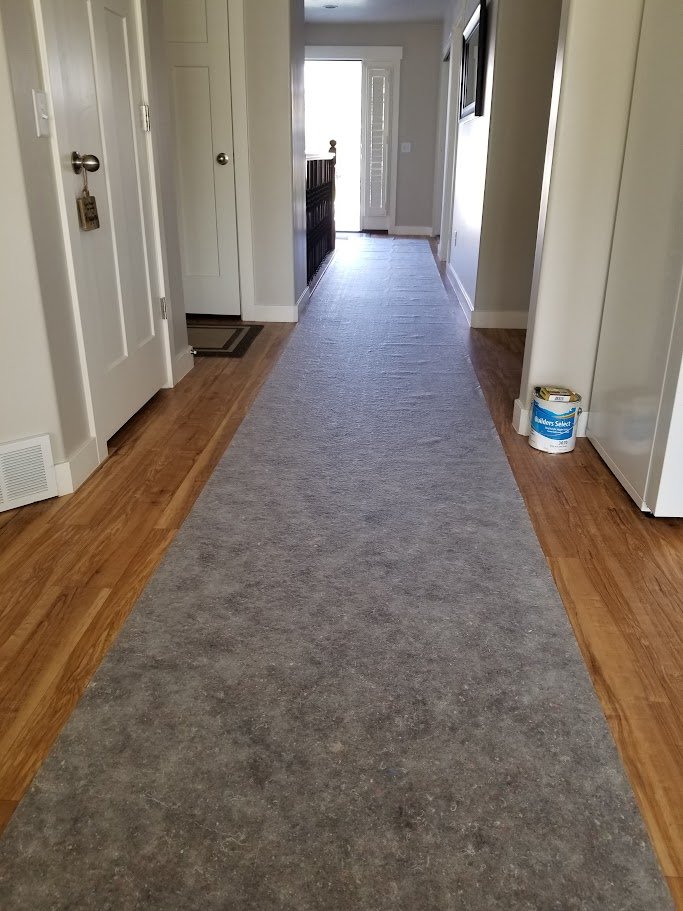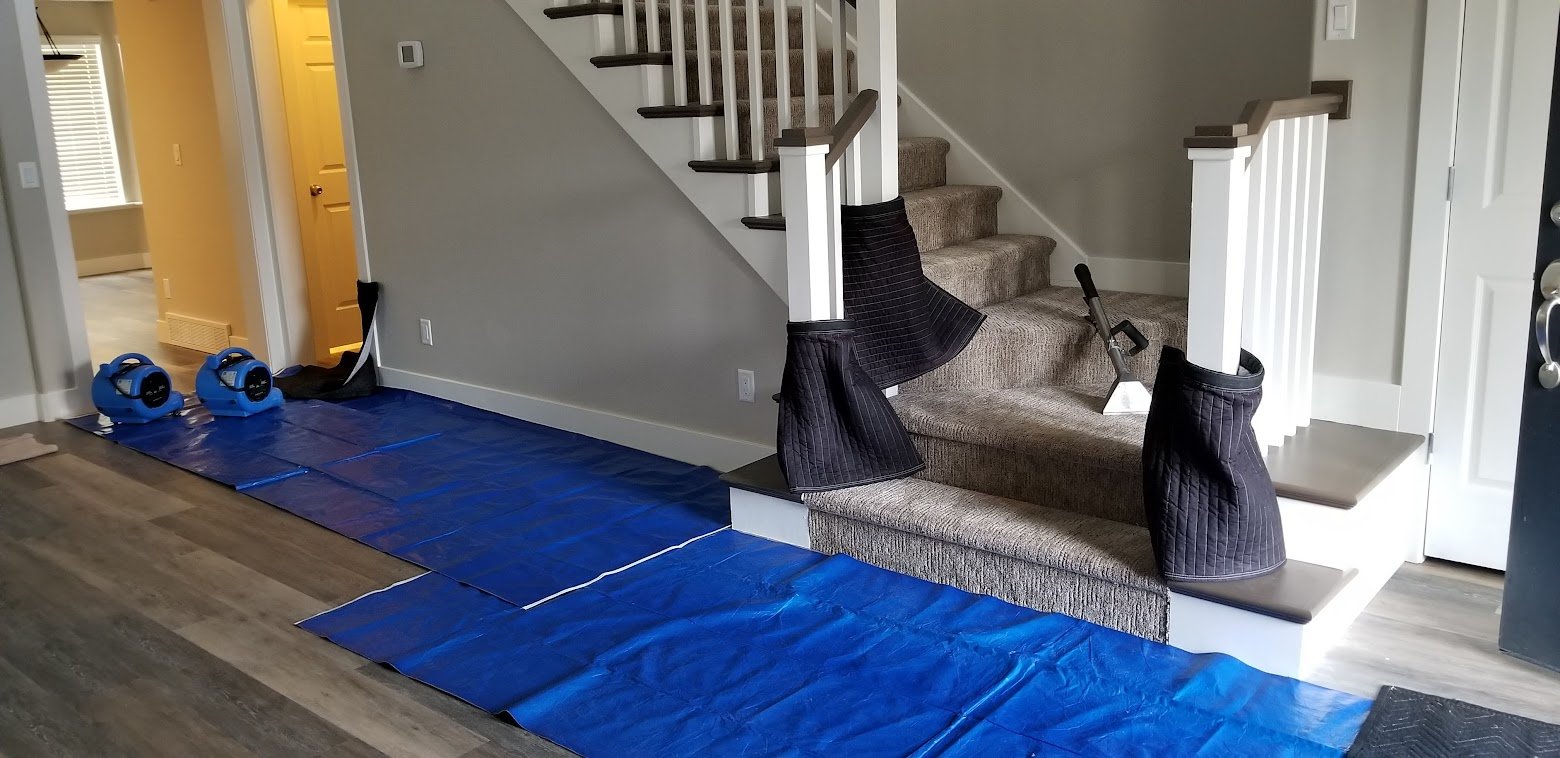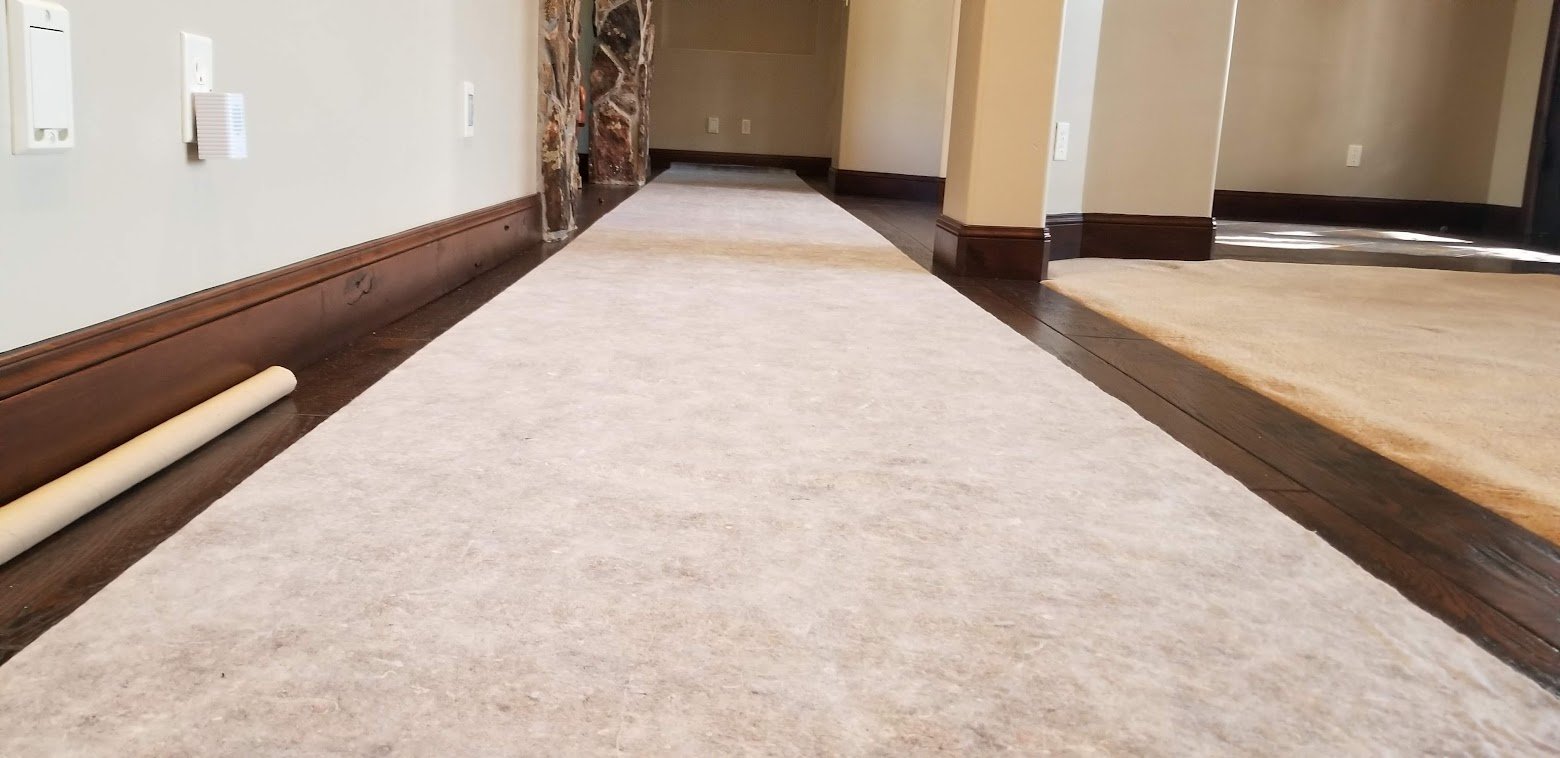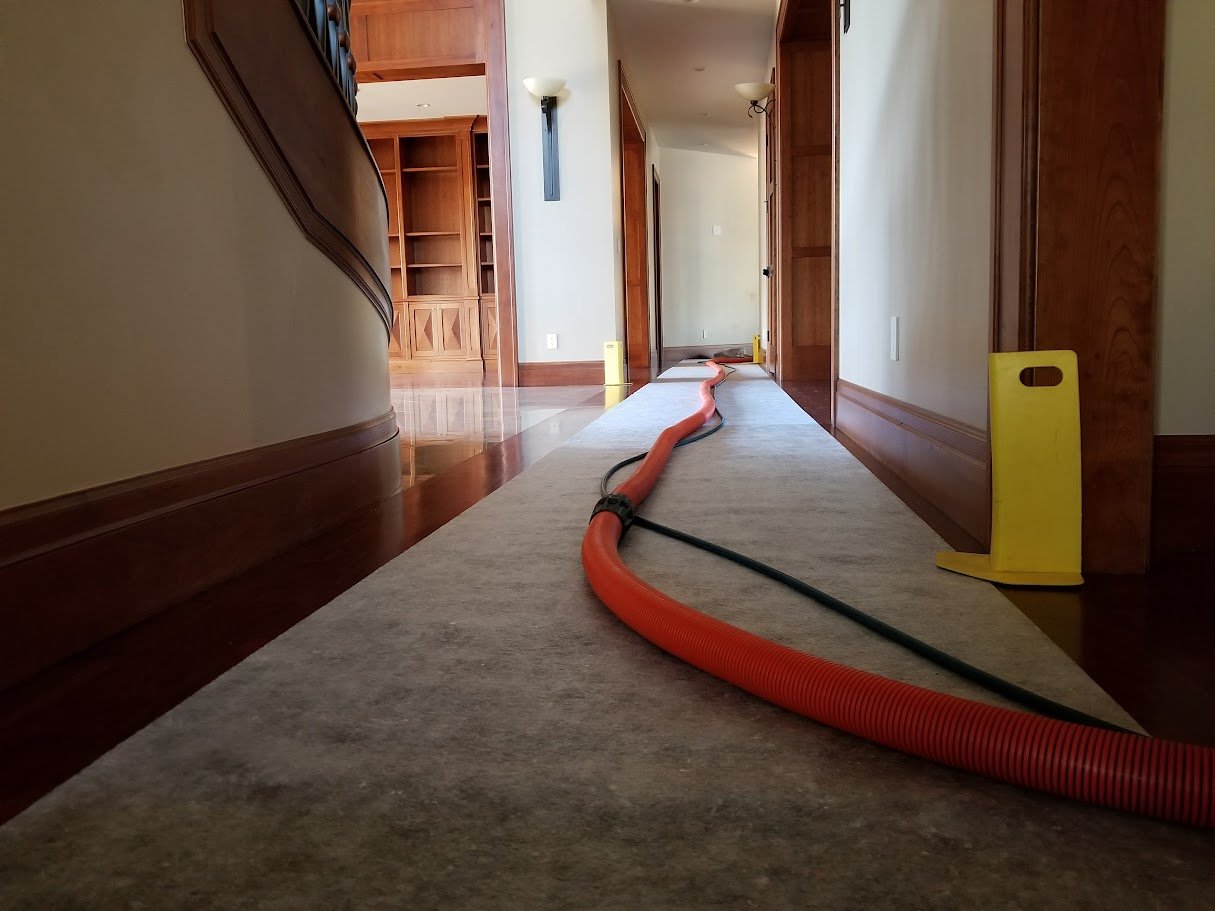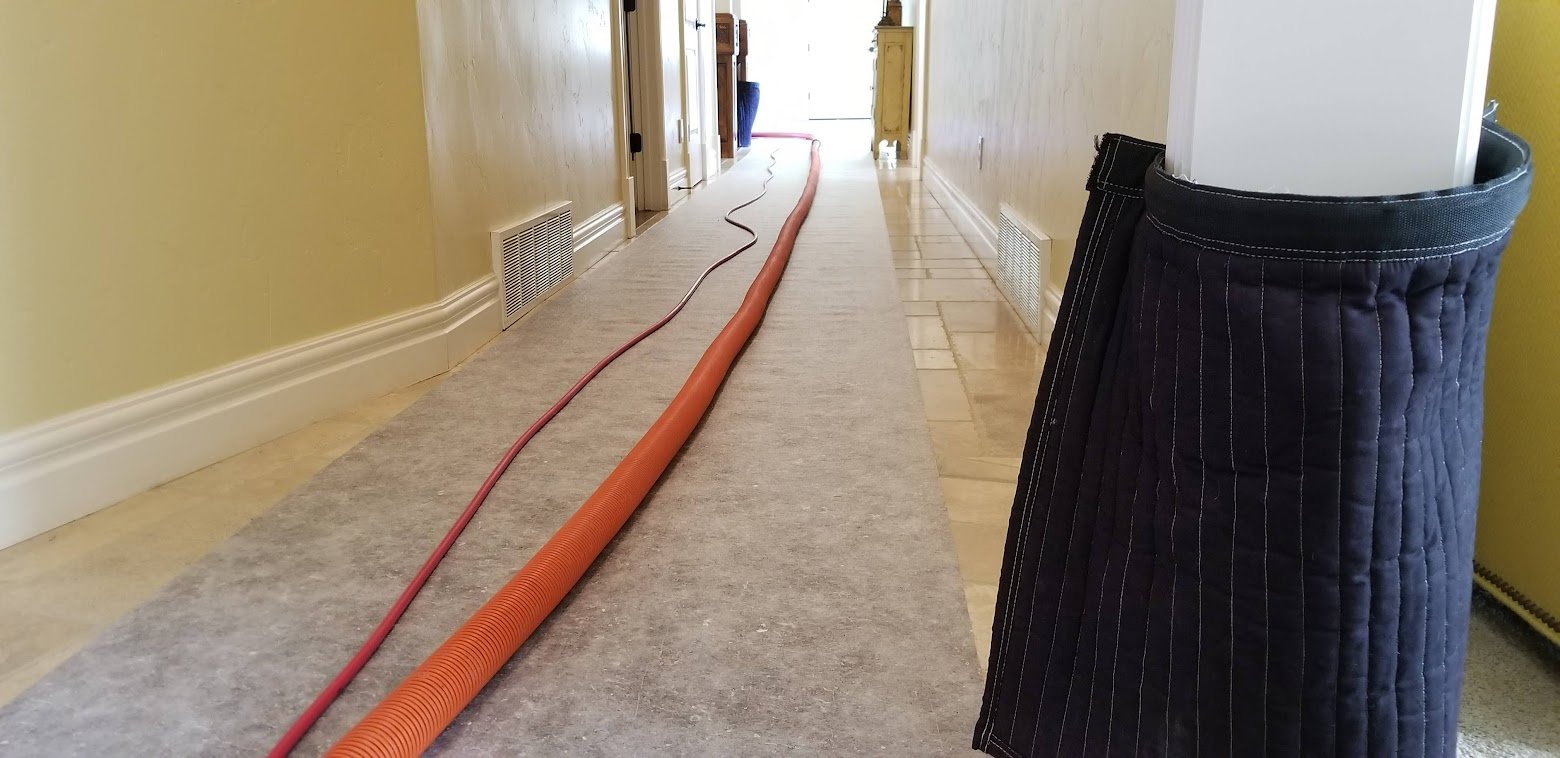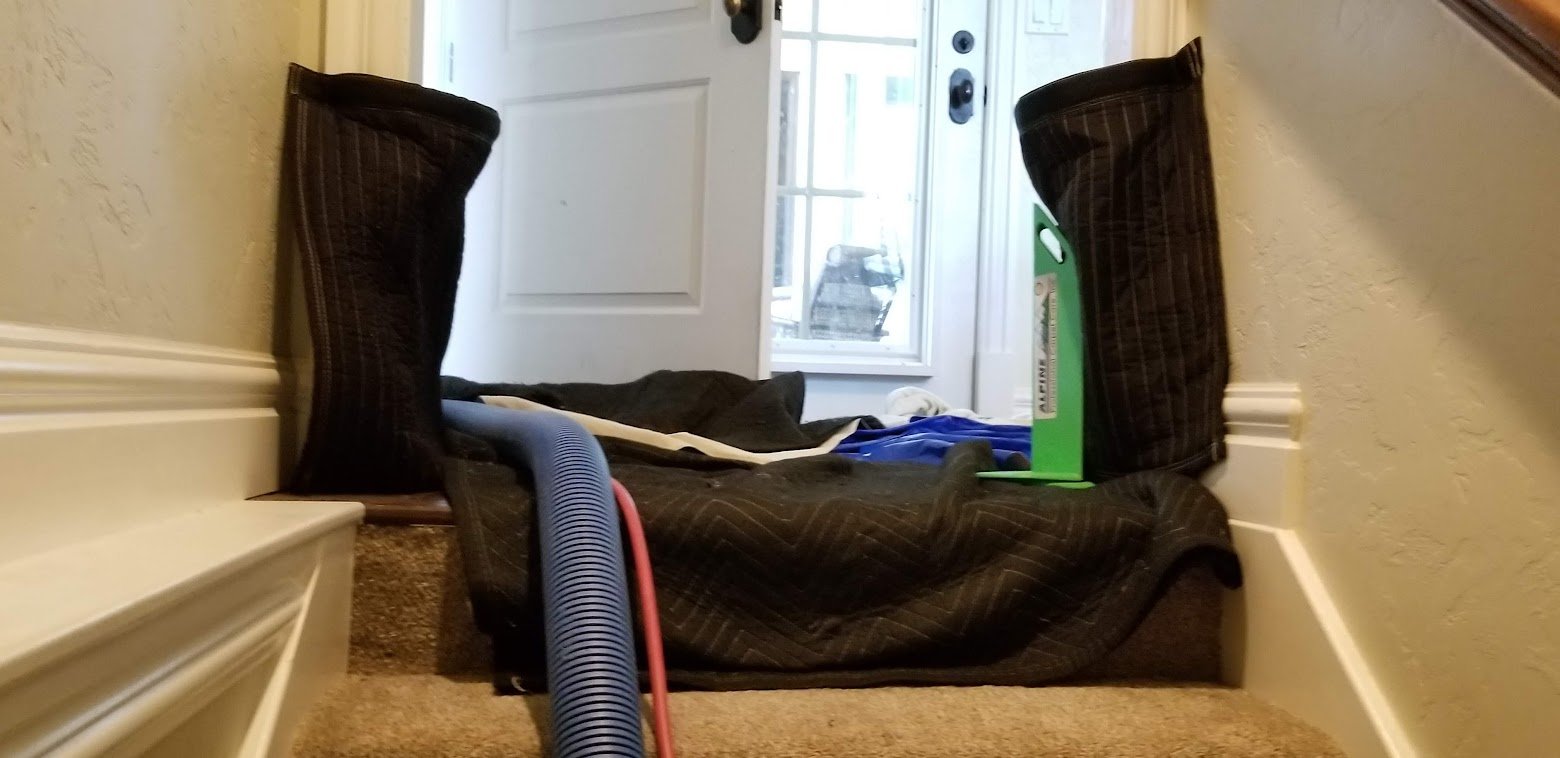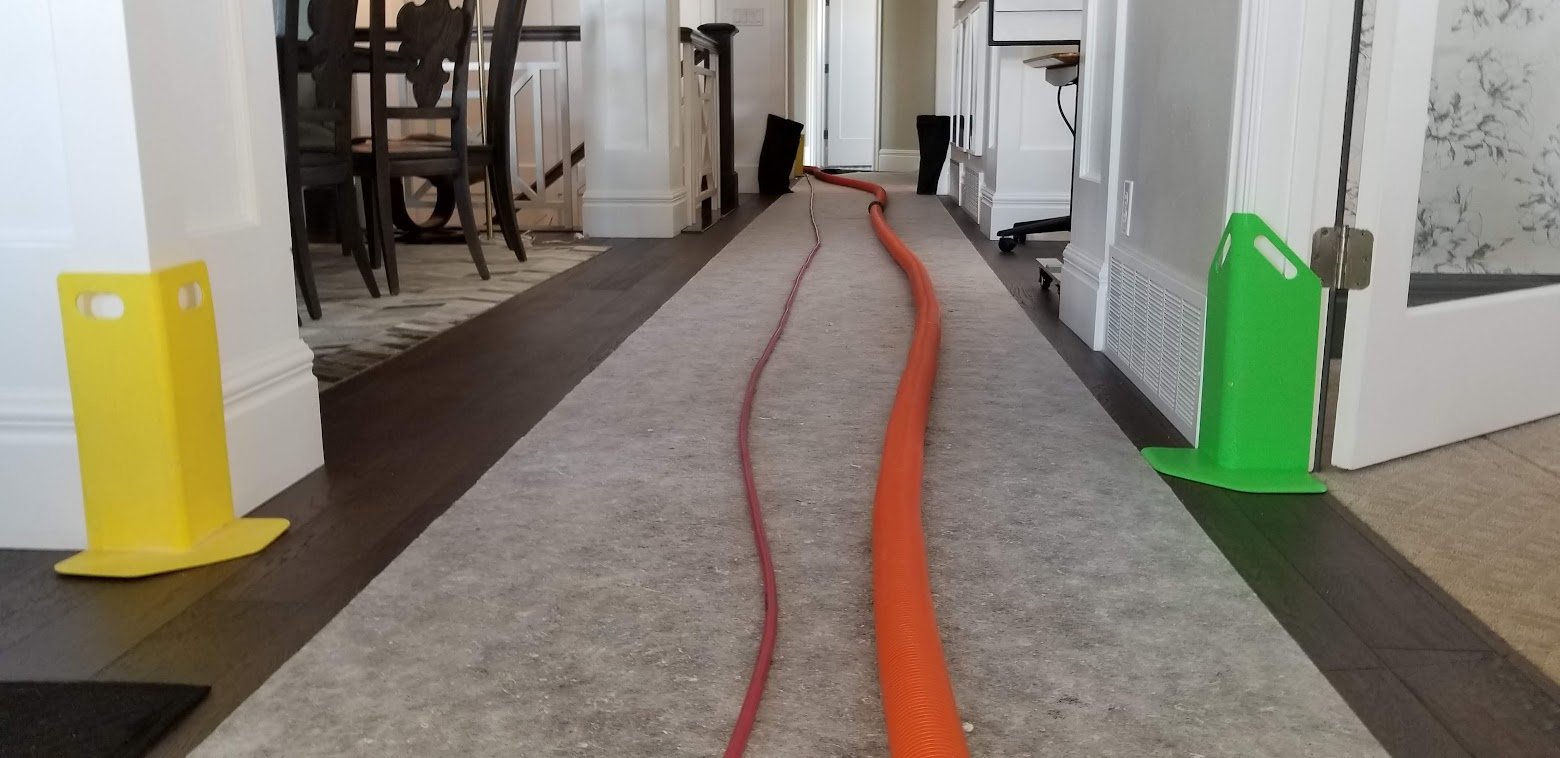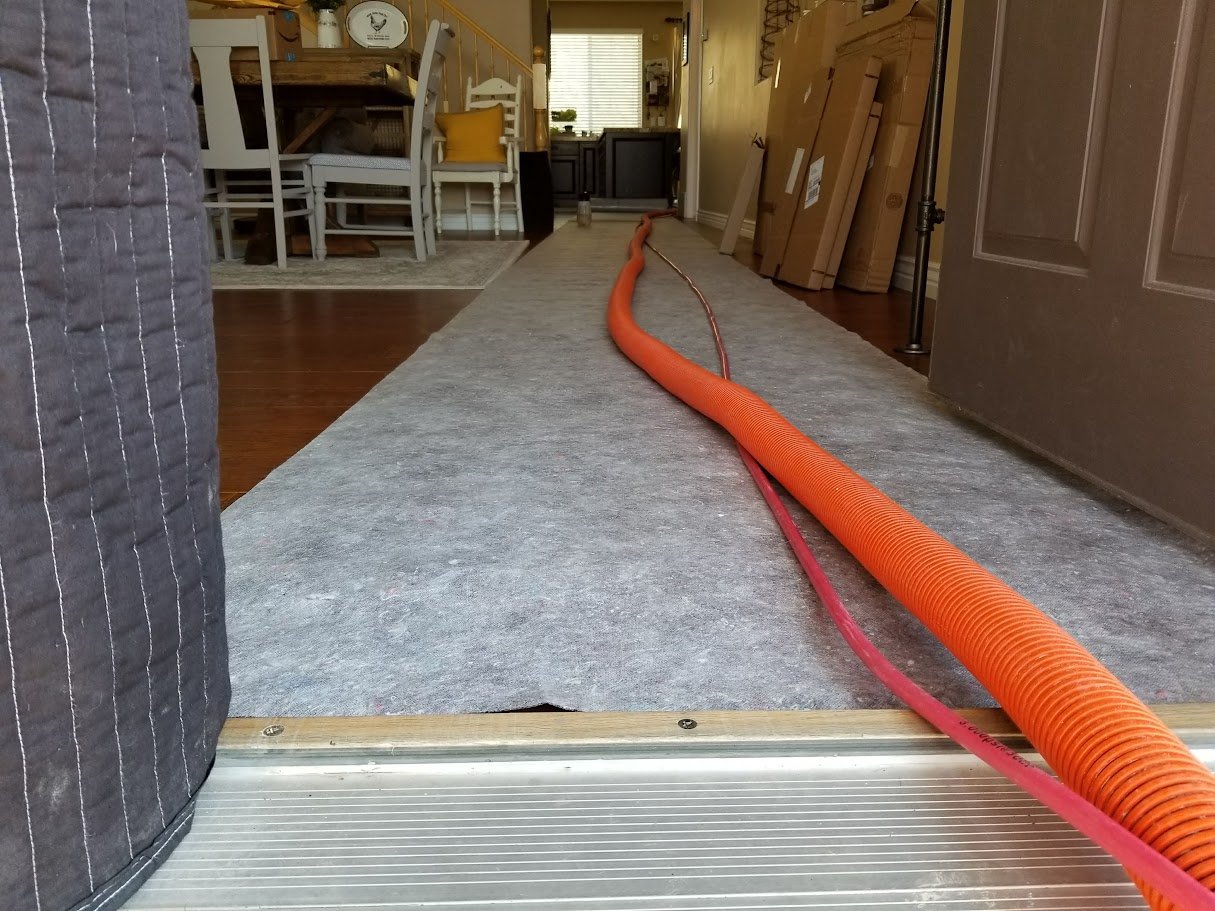What is Smartstrand carpet?
/Petstrand carpet
SmartStrand carpet is a type of carpeting made from Triexta, a fiber developed by the chemical company DuPont in collaboration with Mohawk Flooring. Triexta is a type of polyester but differs from traditional polyester carpets in its composition and performance.
Here are key features of SmartStrand carpet:
Durability: It is known for its exceptional durability, making it suitable for high-traffic areas like living rooms, hallways, and even stairs. It holds up well against crushing and matting, which helps maintain its appearance over time.
Stain Resistance: One of the standout features is its built-in stain resistance. The stain protection is not a coating but is actually a part of the fiber itself, so it doesn't wear off. It resists common stains like food, beverages, and pet accidents.
Softness: Despite its strength, SmartStrand is known for being incredibly soft underfoot, making it comfortable for areas where people walk barefoot, such as bedrooms and family rooms.
Eco-Friendliness: A portion of SmartStrand fiber is made from renewable resources, specifically corn sugar, which helps reduce the use of petroleum in the manufacturing process. This makes it a more sustainable option compared to some other synthetic carpets.
Easy Maintenance: It is generally easy to clean, requiring regular vacuuming and occasional deep cleaning. Thanks to its stain resistance, many spills can be cleaned with just water.
Pet-Friendly: Mohawk markets some versions of SmartStrand as "SmartStrand Forever Clean," which has enhanced stain and odor resistance specifically for homes with pets.
Overall, SmartStrand is a popular choice for homeowners looking for a carpet that combines softness, stain resistance, and durability
Yes, SmartStrand carpet is highly regarded as pet-friendly. In fact, Mohawk, the company that produces SmartStrand, specifically markets certain versions of it, such as SmartStrand Forever Clean, as ideal for homes with pets. There are several reasons why SmartStrand is considered a great option for pet owners:
Stain Resistance: The carpet’s fibers are inherently stain-resistant, meaning the protection is built into the fiber itself and won't wear off over time. This makes it highly effective at resisting pet-related stains, such as accidents, mud, and spills.
Odor Resistance: Some versions of SmartStrand, particularly the SmartStrand with All Pet Protection, are designed to resist pet odors. The carpet helps prevent odors from getting trapped in the fibers, making it easier to maintain a fresh-smelling home.
Durability: The carpet is durable and resistant to crushing and matting, even in areas of heavy traffic, where pets might play or run. It maintains its softness and shape even with frequent use.
Easy to Clean: Pet messes, such as urine, vomit, or dirt, can usually be cleaned up with just water or mild cleaners, thanks to the carpet’s built-in stain protection.
Softness: Despite its toughness, SmartStrand is known for being soft underfoot, which means it’s comfortable for pets to walk, lie down, and play on.
With these features, SmartStrand is a great choice for homes with pets, providing a balance of comfort, durability, and ease of maintenance.
When comparing SmartStrand carpet to other types of carpets, especially in pet-friendly and high-traffic scenarios, it stands out in several key areas. Here’s how it compares to some of the most common carpet fibers:
1. SmartStrand (Triexta) vs. Nylon
Durability:
Nylon is often considered the most durable carpet fiber, known for its resilience in high-traffic areas.
SmartStrand is also highly durable but has an edge due to its resistance to crushing and matting. It tends to maintain its appearance over time better than nylon.
Stain Resistance:
Nylon typically requires a stain-resistant treatment, which can wear off over time.
SmartStrand has inherent stain resistance as part of the fiber itself, making it more resistant to stains without needing additional treatments. This feature is a major advantage for pet owners.
Softness:
SmartStrand is generally softer underfoot compared to nylon, making it more comfortable for pets and people alike.
Eco-Friendliness:
SmartStrand is made partially from renewable resources (corn sugar), while nylon is entirely synthetic and petroleum-based, making SmartStrand more environmentally friendly.
2. SmartStrand vs. Polyester
Durability:
Polyester tends to be less durable than both nylon and SmartStrand, showing wear more quickly in high-traffic areas.
SmartStrand is more resilient and holds up better in homes with pets or children, especially in frequently used areas.
Stain Resistance:
Both polyester and SmartStrand have excellent stain resistance. However, SmartStrand’s stain resistance is part of the fiber itself, while polyester often requires additional treatments.
Softness:
Both fibers are soft, but SmartStrand generally has a slight advantage in terms of a plush, luxurious feel.
Eco-Friendliness:
Some polyester carpets are made from recycled materials (like plastic bottles), making them eco-friendly in that sense. However, SmartStrand has the advantage of being made from renewable plant-based resources (corn sugar), giving it a more sustainable edge.
3. SmartStrand vs. Wool
Durability:
Wool is durable, but it can wear down faster than SmartStrand in high-traffic areas. It is also prone to matting if not maintained properly.
SmartStrand excels in maintaining its appearance and resisting matting over time, even with heavy use.
Stain Resistance:
Wool is naturally stain-resistant to some extent but doesn’t perform as well as SmartStrand in resisting pet stains or heavy spills. Wool can absorb moisture and may require more aggressive cleaning methods for tough stains.
SmartStrand offers superior stain resistance and is easier to clean, particularly in homes with pets.
Softness:
Both fibers are soft, with wool providing a natural, luxurious feel. However, SmartStrand can offer comparable softness with more durability and less maintenance.
Eco-Friendliness:
Wool is a natural, biodegradable fiber, making it a very eco-friendly option. SmartStrand, while partly made from renewable resources, is still a synthetic fiber, though it uses fewer petroleum-based products than traditional synthetic carpets.
4. SmartStrand vs. Olefin (Polypropylene)
Durability:
Olefin is not as durable as SmartStrand and is prone to crushing and wear in high-traffic areas.
SmartStrand is far more durable and maintains its texture better over time.
Stain Resistance:
Olefin resists stains fairly well but can struggle with oil-based stains, which can be harder to remove.
SmartStrand outperforms olefin with its superior stain resistance across the board, especially against pet stains and food spills.
Softness:
Olefin is not as soft as SmartStrand, which is much more comfortable underfoot.
Overall Comparison for Pet Owners:
SmartStrand stands out for its stain resistance, softness, and durability, making it one of the best options for homes with pets. Compared to nylon, polyester, wool, and olefin, it strikes a balance between comfort, ease of maintenance, and resilience to pet-related messes.
Nylon is more durable in terms of traffic resistance but doesn't match SmartStrand's built-in stain and odor resistance, a crucial advantage for pet-friendly homes.
Polyester might match SmartStrand in stain resistance, but it falls short on durability.
Wool offers natural eco-friendliness but lacks the stain resistance and ease of cleaning that SmartStrand provides, especially for households with pets.
























